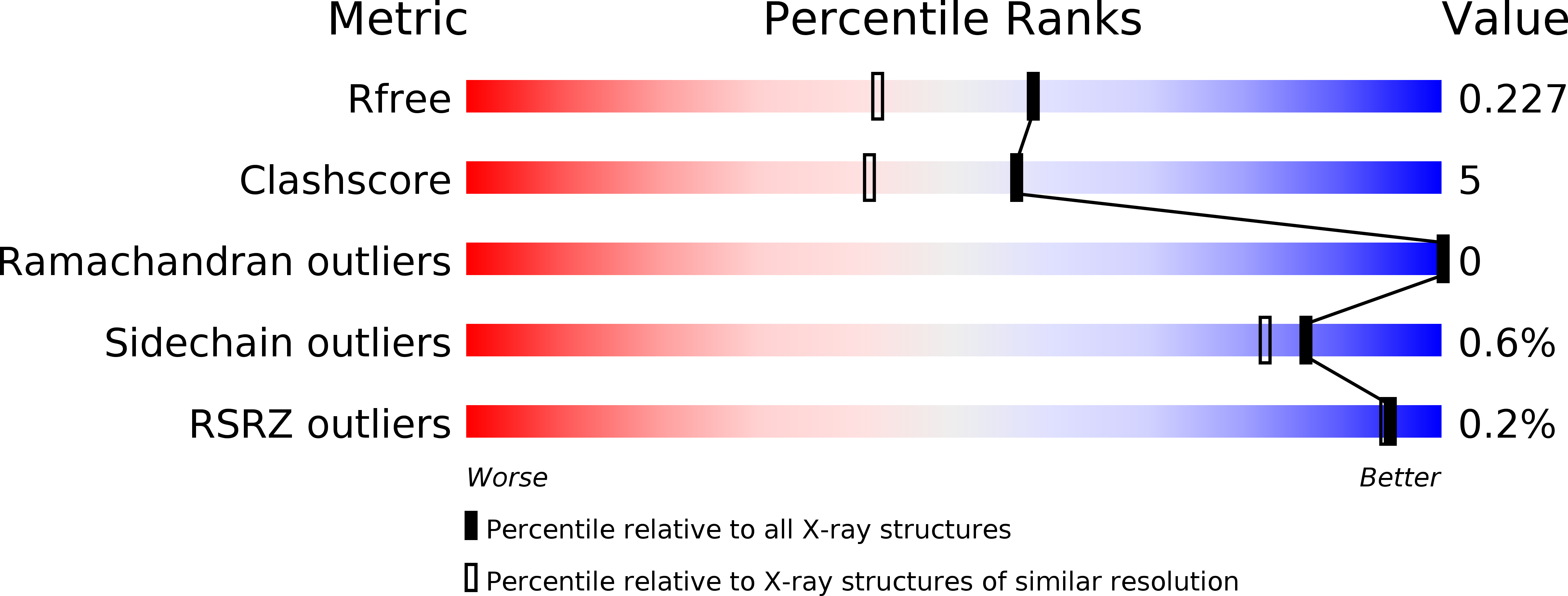
Deposition Date
2012-01-04
Release Date
2012-01-18
Last Version Date
2024-11-27
Entry Detail
PDB ID:
3VCR
Keywords:
Title:
Crystal structure of a putative Kdpg (2-keto-3-deoxy-6-phosphogluconate) aldolase from Oleispira antarctica
Biological Source:
Source Organism:
Oleispira antarctica (Taxon ID: 188908)
Host Organism:
Method Details:
Experimental Method:
Resolution:
1.84 Å
R-Value Free:
0.21
R-Value Work:
0.17
R-Value Observed:
0.17
Space Group:
H 3


